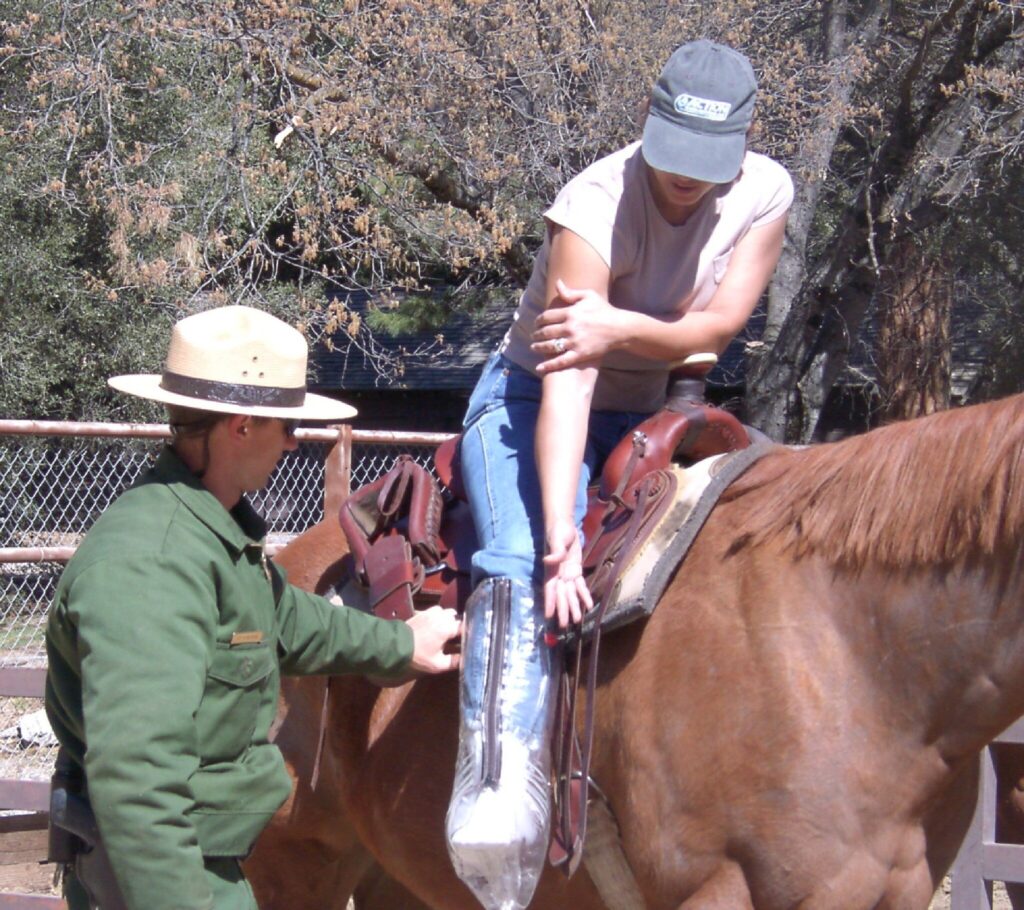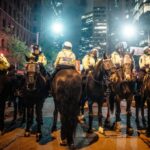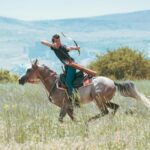In the challenging world of wilderness emergencies and disaster response, an unexpected hero often emerges on four legs. Horses, with their exceptional strength, keen senses, and remarkable adaptability, have become invaluable assets in search and rescue operations worldwide. These magnificent animals can traverse difficult terrain that would be impassable to vehicles and reach remote areas faster than humans on foot. When someone goes missing in rugged backcountry or wilderness settings, mounted search and rescue teams combine the natural abilities of horses with human expertise to find lost individuals more efficiently and effectively than many other search methods. This article explores the fascinating role horses play in search and rescue missions, their unique capabilities, training requirements, and the special bond between these animals and their handlers that makes them such effective rescue partners.
The Historical Evolution of Mounted Search and Rescue
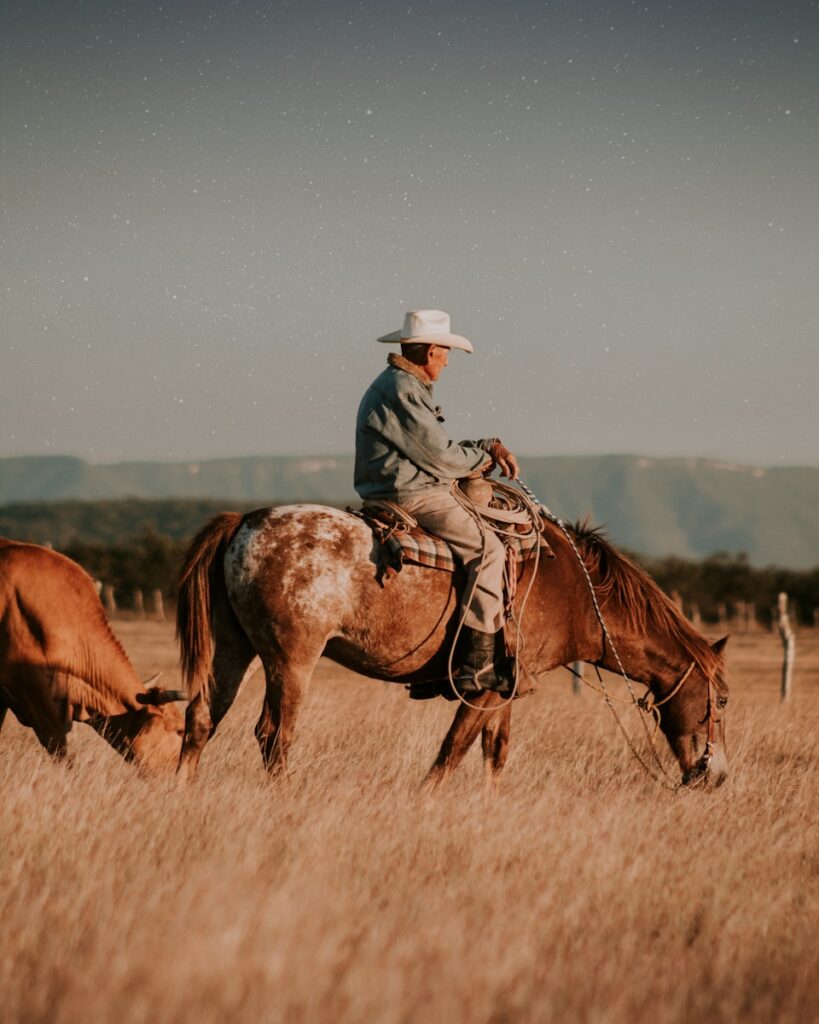
The use of horses in search and rescue operations has deep historical roots dating back centuries when horses were the primary means of transportation. In the American West, early mounted posses would form to search for lost travelers, using horses’ speed and endurance to cover vast areas quickly. By the mid-20th century, formal mounted search and rescue (MSAR) units began to organize, particularly in areas with extensive wilderness and parklands. The establishment of organizations like the Mountain Rescue Association in 1959 helped standardize training and operational procedures for mounted teams. Today’s mounted SAR units build on this rich heritage, combining traditional horsemanship with modern search techniques, GPS technology, and specialized equipment to create highly effective rescue resources that honor their historical predecessors while embracing contemporary innovations.
Natural Advantages of Horses in Search Operations
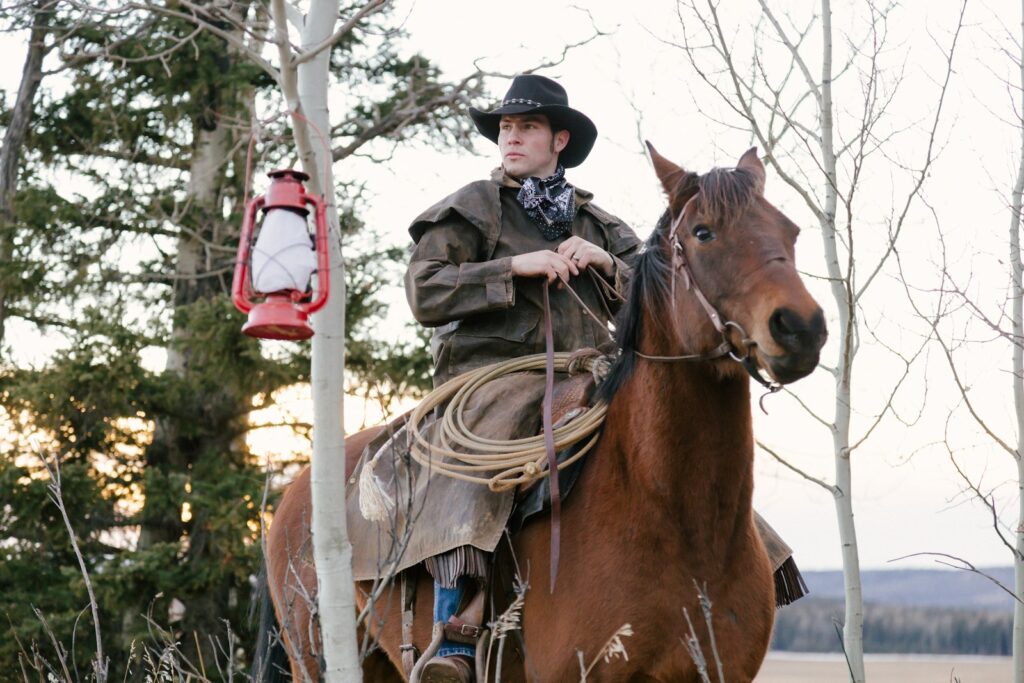
Horses bring a remarkable set of natural abilities to search and rescue operations that mechanical vehicles simply cannot match. Their heightened senses, particularly their excellent vision and acute hearing, allow them to detect anomalies in the environment that humans might miss. Horses can see nearly 360 degrees around them, helping riders spot clues or survivors that might be outside a human’s normal field of vision. Their powerful sense of smell, while not typically trained specifically for tracking like search dogs, can still alert riders to unusual scents in their environment. Perhaps most importantly, horses can travel across varied and difficult terrain—including steep slopes, rocky areas, dense forests, and water crossings—while carrying substantial equipment and covering distances much more quickly than humans on foot could manage, all while consuming only natural resources (grass and water) if necessary.
Special Training Requirements for Search and Rescue Horses
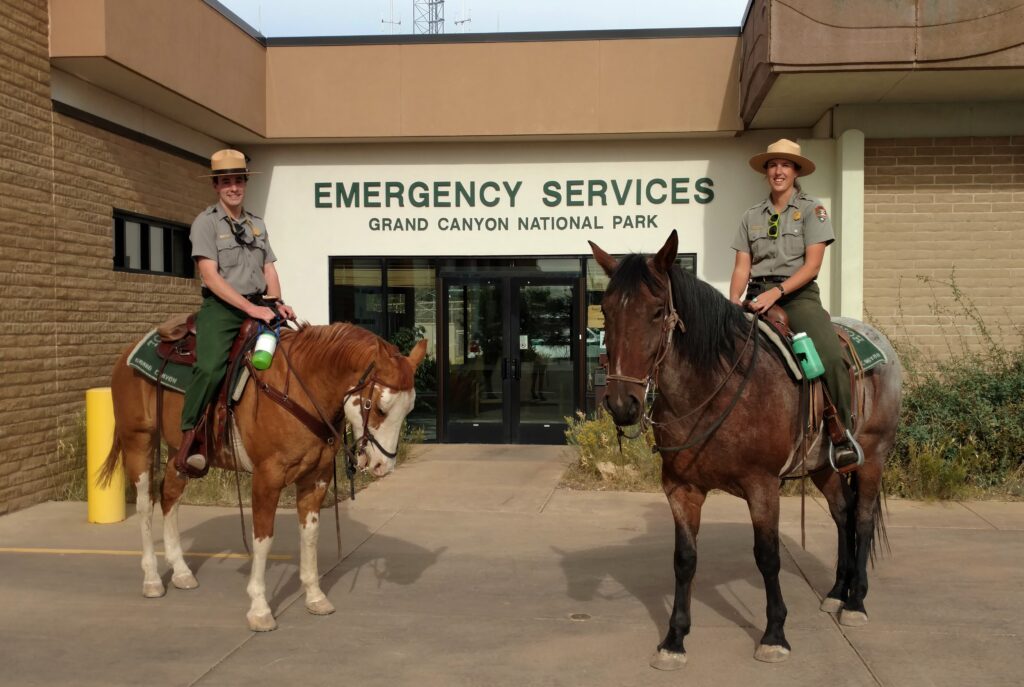
Not every horse is suited for the demanding work of search and rescue missions, and those that are must undergo rigorous and specialized training. The ideal SAR horse must first have a naturally calm and steady temperament, able to remain composed in chaotic environments and when encountering unusual objects or situations in the field. Training typically begins with extensive desensitization exercises, gradually exposing horses to potential triggers like flapping tarps, unusual sounds, walking over varied surfaces, and navigating obstacles they might encounter during real missions. Horses must also learn to stand quietly for extended periods, which might be necessary during technical rescue operations or when waiting for additional resources. Advanced training includes teaching horses to work safely around helicopters, emergency vehicles with sirens, and other equipment that might be present during multi-agency responses, while also developing their stamina and physical conditioning to handle long search operations that may last many hours or even multiple days.
Equipment and Gear for Mounted SAR Teams
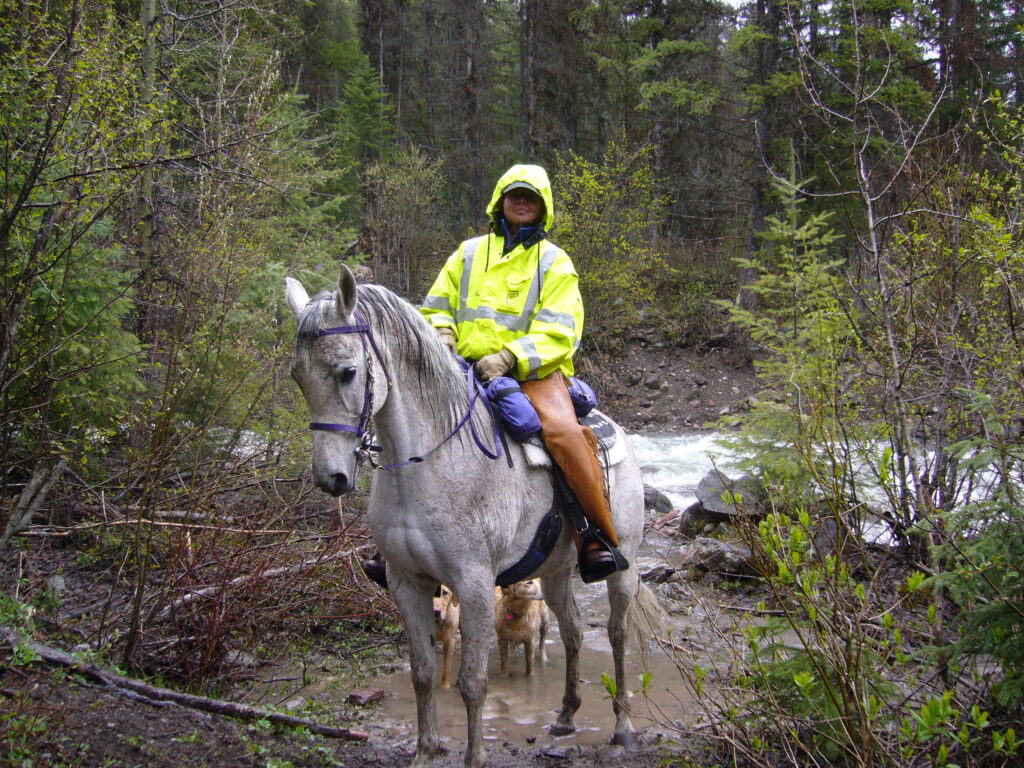
Mounted search and rescue teams require specialized equipment that balances the needs of the mission with the comfort and safety of both horse and rider. SAR horses are typically outfitted with trail or endurance saddles designed for long hours of comfortable riding, often equipped with additional rings and attachments for securing necessary gear. Saddlebags contain essential emergency supplies, including first aid kits for both humans and equines, communication devices, maps, GPS units, and survival equipment. Many teams utilize high-visibility gear such as reflective breast collars and leg wraps to ensure horses remain visible in low-light conditions or dense forest environments. Riders themselves wear appropriate safety attire, including approved helmets, sturdy boots, weather-appropriate clothing with team identifiers, and personal protective equipment. Specialized items like collapsible stretchers that can be attached to horses or between two horses may also be carried for extracting injured subjects from remote locations where vehicle access is impossible.
Types of Terrain Where Horses Excel
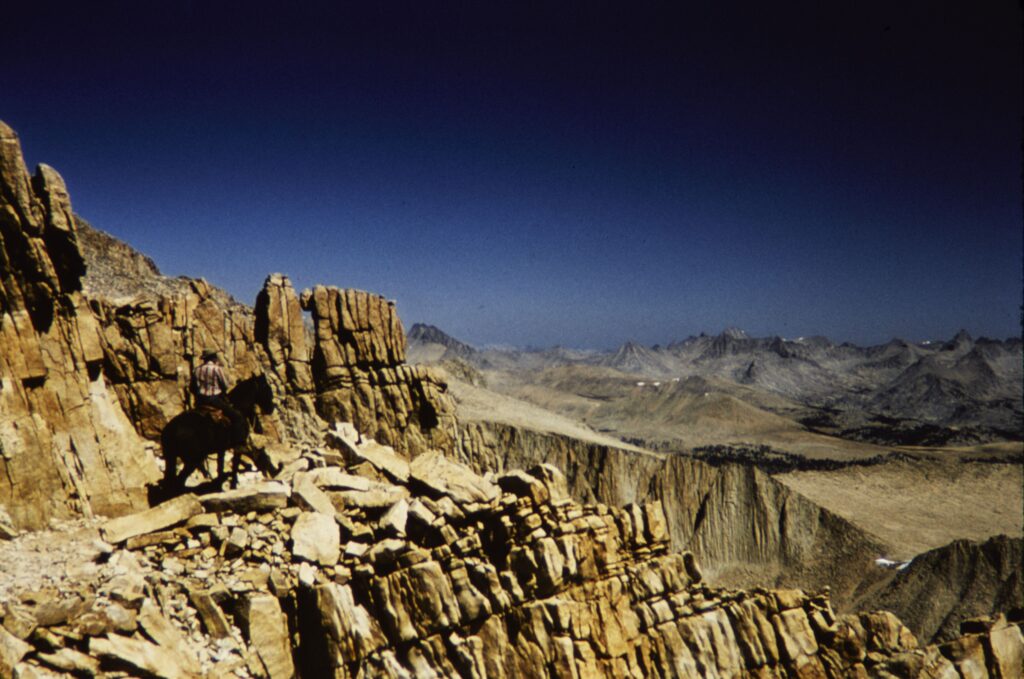
Horses demonstrate their greatest search and rescue advantages in specific types of challenging terrain that limit other search methods. In mountainous regions with steep slopes and narrow trails, horses can navigate paths too narrow for ATVs or too rough for vehicles while covering ground much faster than human searchers on foot. Dense forests with thick undergrowth present little difficulty for horses, who can push through vegetation and maintain a steady pace while carrying their riders at an elevated vantage point for better visibility. Horses are particularly valuable in wilderness areas with limited or no road access, where even helicopter searches may be hampered by tree cover or weather conditions. They also perform exceptionally well in riverbank searches, able to travel safely along uneven shorelines while their riders scan both the water and surrounding terrain for signs of missing persons. In desert environments, horses’ endurance and ability to carry water supplies make them ideal search partners for covering vast open spaces efficiently.
The Unique Human-Horse Partnership in SAR Operations
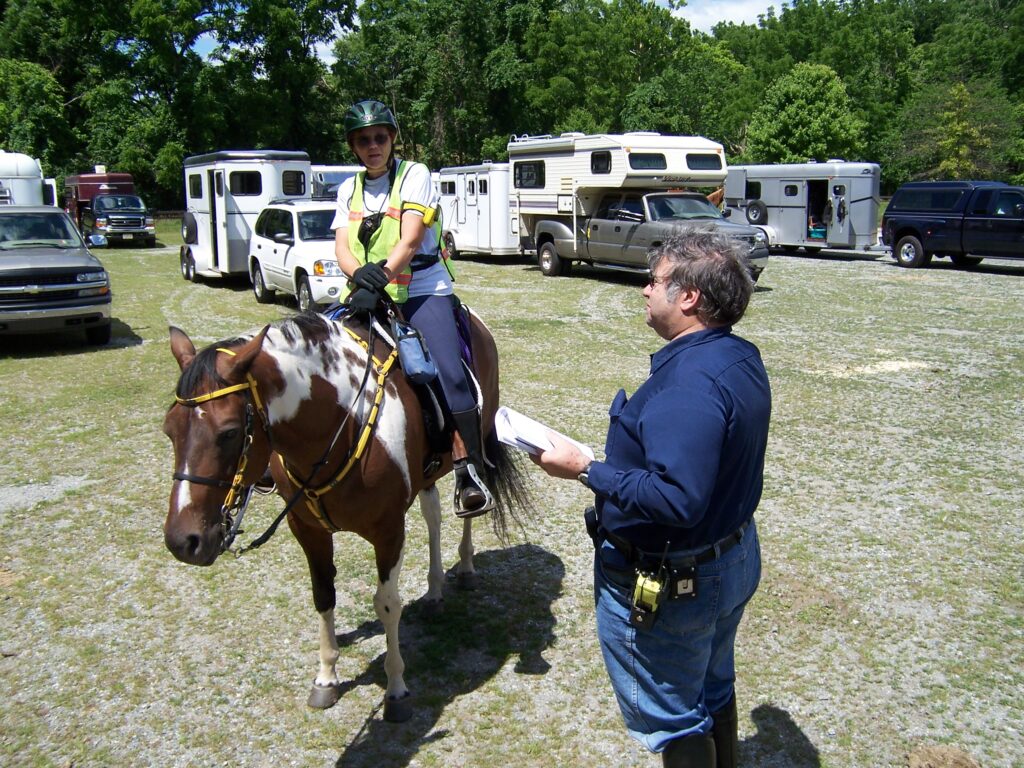
The effectiveness of mounted search and rescue teams relies heavily on the extraordinary partnership developed between horse and rider. Unlike mechanical search tools, horses develop genuine bonds with their handlers, resulting in intuitive communication systems where subtle shifts in the rider’s weight or tension can convey complex instructions. Experienced SAR horses often develop a working understanding of their mission, sometimes demonstrating an uncanny ability to assist in the search by alerting to unusual objects or showing interest in areas that warrant closer inspection. Many SAR riders report instances where their horses have independently altered course or stopped to investigate something the human partner had not noticed, leading to the discovery of important clues or even the missing person themselves. This partnership extends beyond operational effectiveness to include emotional support during difficult missions, particularly those with traumatic outcomes, with many handlers describing how their equine partners help them process the emotional toll of search and rescue work.
Certifications and Standards for Mounted SAR Teams
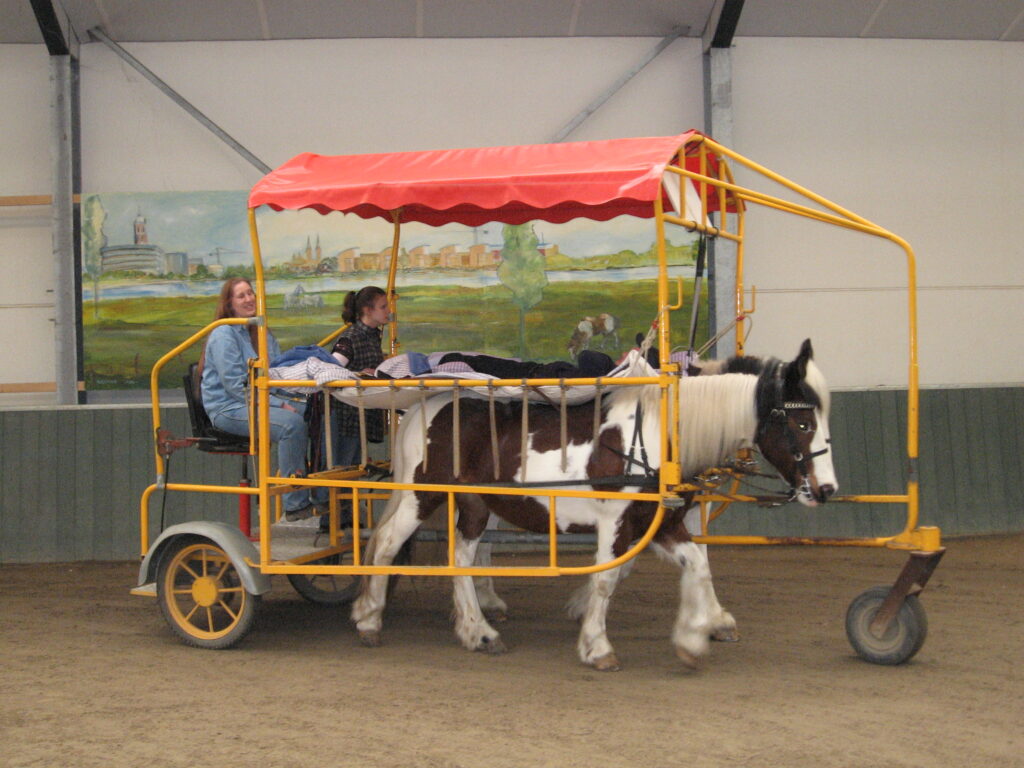
Professional mounted search and rescue teams adhere to established certification standards that ensure they meet rigorous requirements for field operations. Organizations like the National Association for Search and Rescue (NASAR) and state-specific SAR associations have developed comprehensive certification programs specifically for mounted teams. These certifications typically require documented training hours, demonstrated proficiency in various search techniques, navigation skills, first aid knowledge, and incident command system familiarity. Horse and rider teams must usually pass practical examinations that assess their ability to navigate varied terrain, maintain control in challenging situations, and execute basic search patterns effectively. Many regions require mounted SAR volunteers to complete background checks, maintain current first aid and CPR certifications, and participate in regular training exercises to maintain their operational readiness. These standardized requirements ensure that when mounted teams are deployed, they bring consistent capabilities and professional conduct to the mission regardless of their geographic origin.
Notable Search and Rescue Successes Involving Horses
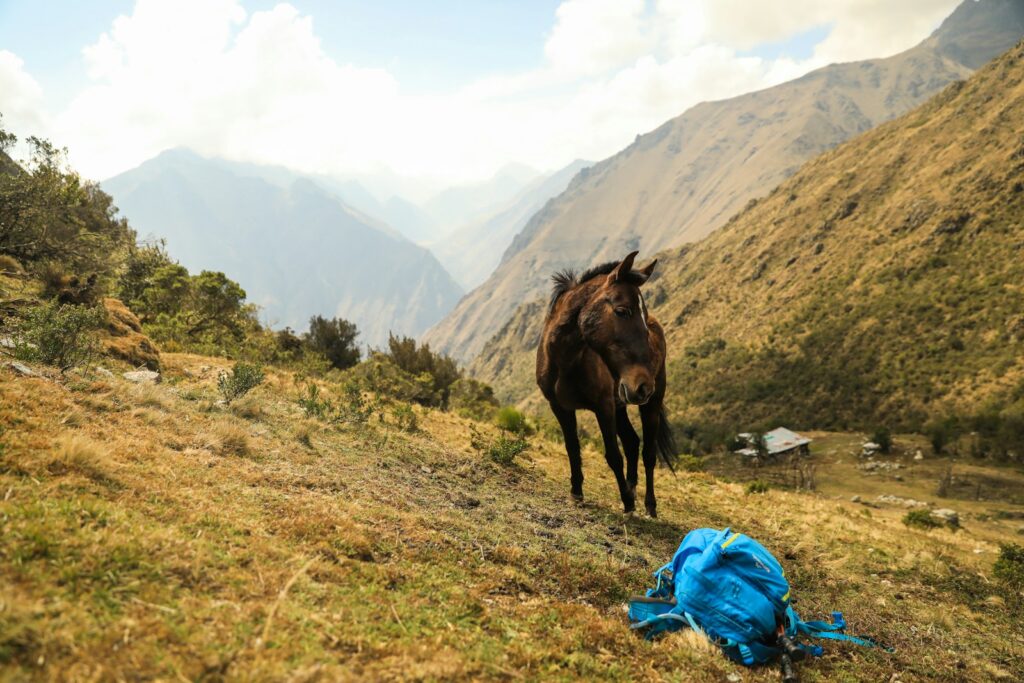
The archives of search and rescue operations contain numerous remarkable cases where horses made the critical difference in successful outcomes. In 2018, a mounted team in California located an elderly hiker with dementia who had wandered off trail in dense chaparral, discovering him in a ravine that ground teams had repeatedly passed without spotting him, highlighting horses’ superior vantage point. Following Hurricane Harvey in 2017, mounted rescuers navigated flooded neighborhoods in Texas where boats couldn’t access certain areas due to debris, successfully evacuating dozens of stranded residents. One particularly notable case occurred in the Rocky Mountains when a mounted team located a missing child by following tracks that had been missed by both ground teams and search dogs due to rocky terrain that didn’t hold scent well but did reveal subtle marks visible to the elevated mounted searchers. In remote wilderness areas, there are documented cases of horses traveling 20+ miles in a single operational period, covering ground that would have taken human teams several days to search thoroughly, dramatically reducing the time missing persons spent exposed to the elements.
Challenges and Limitations of Using Horses in SAR
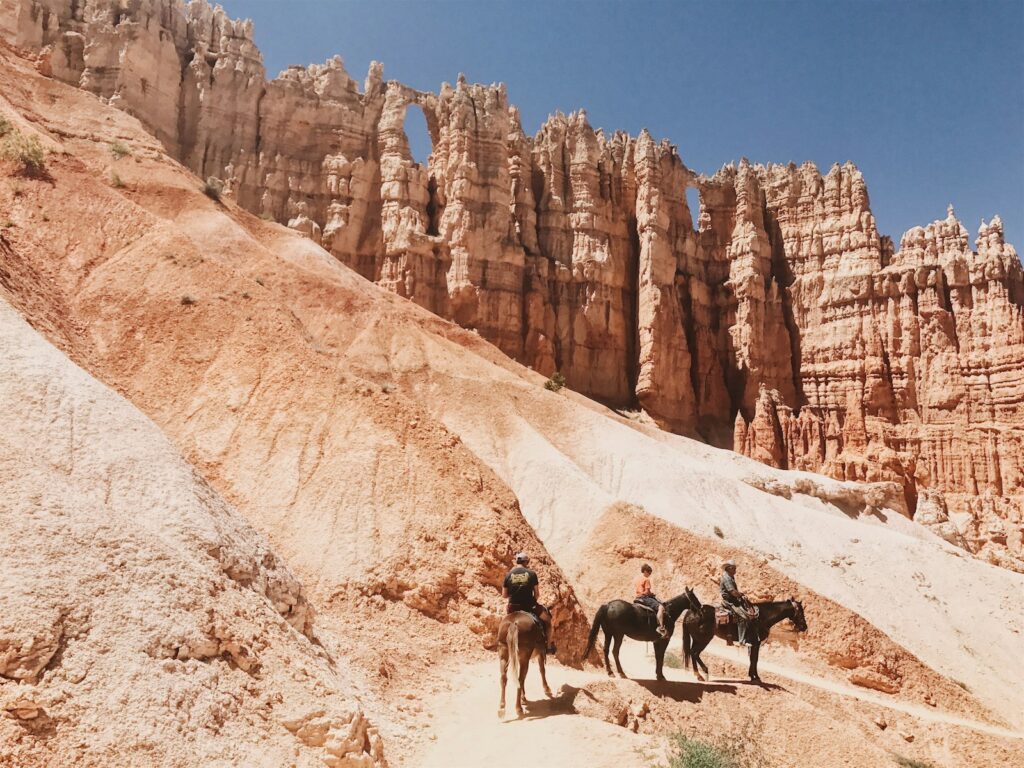
Despite their many advantages, mounted search and rescue teams face significant challenges and limitations that must be carefully managed. Logistics present a major hurdle, as horses require transportation to search areas via specialized trailers, adequate water sources during operations, and appropriate staging areas with suitable terrain for off-loading. Weather conditions can severely impact mounted operations, with extreme heat risking heat stress for working horses, while icy conditions may make footing too dangerous for safe searching. The physical needs of horses, including rest periods, feeding schedules, and monitoring for injury or exhaustion, require additional planning and resources compared to mechanical search assets. Perhaps most significantly, maintaining a mounted SAR unit requires substantial ongoing commitments to training, care, and equipment maintenance, making it one of the more resource-intensive SAR specialties. These limitations explain why mounted teams are typically deployed strategically for specific terrain and search conditions where their unique advantages outweigh their operational challenges.
Caring for SAR Horses During Extended Missions
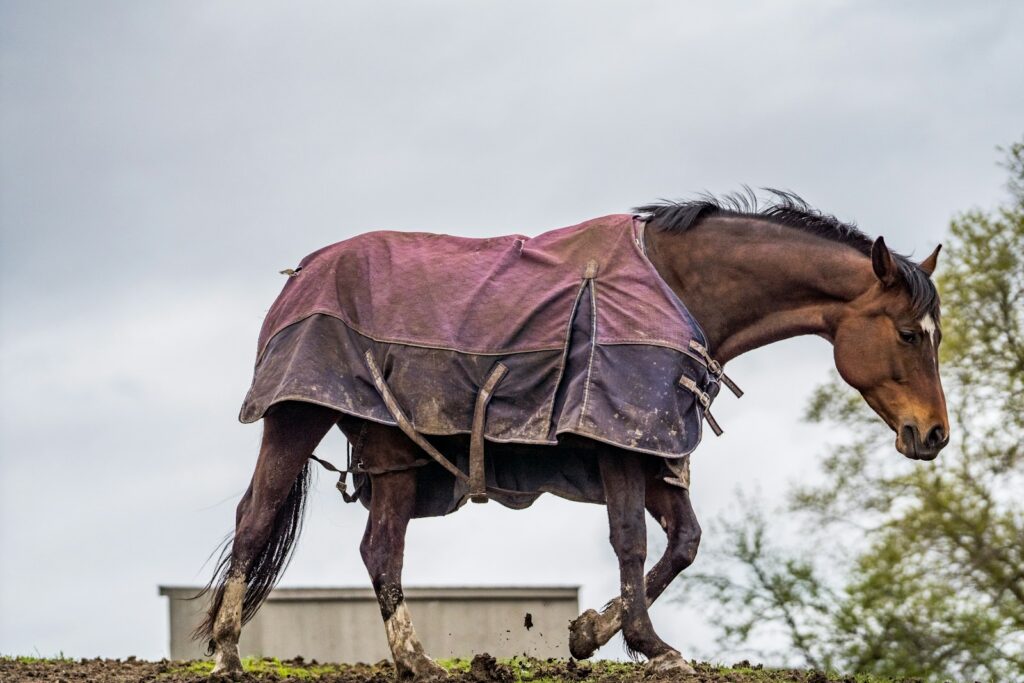
Extended search and rescue operations present unique challenges for the care and maintenance of equine team members. During multi-day missions, handlers must establish temporary base camps with appropriate containment systems such as portable corrals or high-lines to secure horses safely while allowing them to rest. Nutrition becomes critically important, with handlers typically packing concentrated feed supplements, electrolytes, and sometimes compressed hay pellets to ensure horses maintain their energy levels without the bulk of traditional hay. Regular veterinary checks are incorporated into operational periods to monitor for subtle signs of fatigue, dehydration, or injury that might not be immediately apparent. Horses require specific care for their hooves during extended operations, with handlers performing daily checks and sometimes applying protective boots when traveling over particularly challenging terrain for long periods. The bond between handler and horse becomes especially important during these extended missions, as experienced handlers learn to read subtle changes in their equine partner’s demeanor that might indicate developing problems requiring intervention.
Integrating Horses with Other SAR Resources
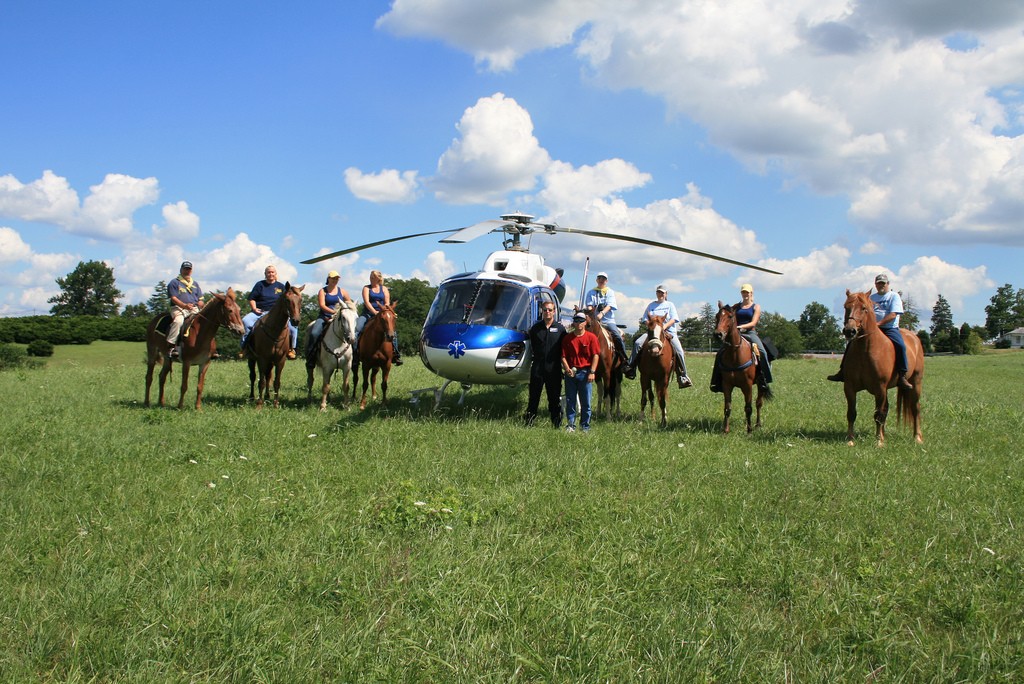
Modern search and rescue operations typically employ multiple resources simultaneously, requiring careful integration of mounted teams with other specialized units. Incident commanders may pair mounted teams with ground searchers, using horses to rapidly check trails and accessible areas while foot teams conduct more detailed searches of dense underbrush or technically challenging terrain. Coordination between mounted teams and air operations requires specific protocols, including communication systems to report findings from horseback to aircraft overhead and designated landing zones away from equine staging areas to prevent horses from being spooked by helicopter operations. Many successful missions integrate the tracking abilities of search dogs with the mobility and elevated perspective of mounted teams, allowing each resource to leverage its unique strengths. Effective integration relies on interagency training, clear communications systems, and understanding of each resource’s capabilities and limitations, with regular joint exercises ensuring all specialized teams can work together seamlessly during actual emergencies.
The Future of Horses in Modern Search and Rescue
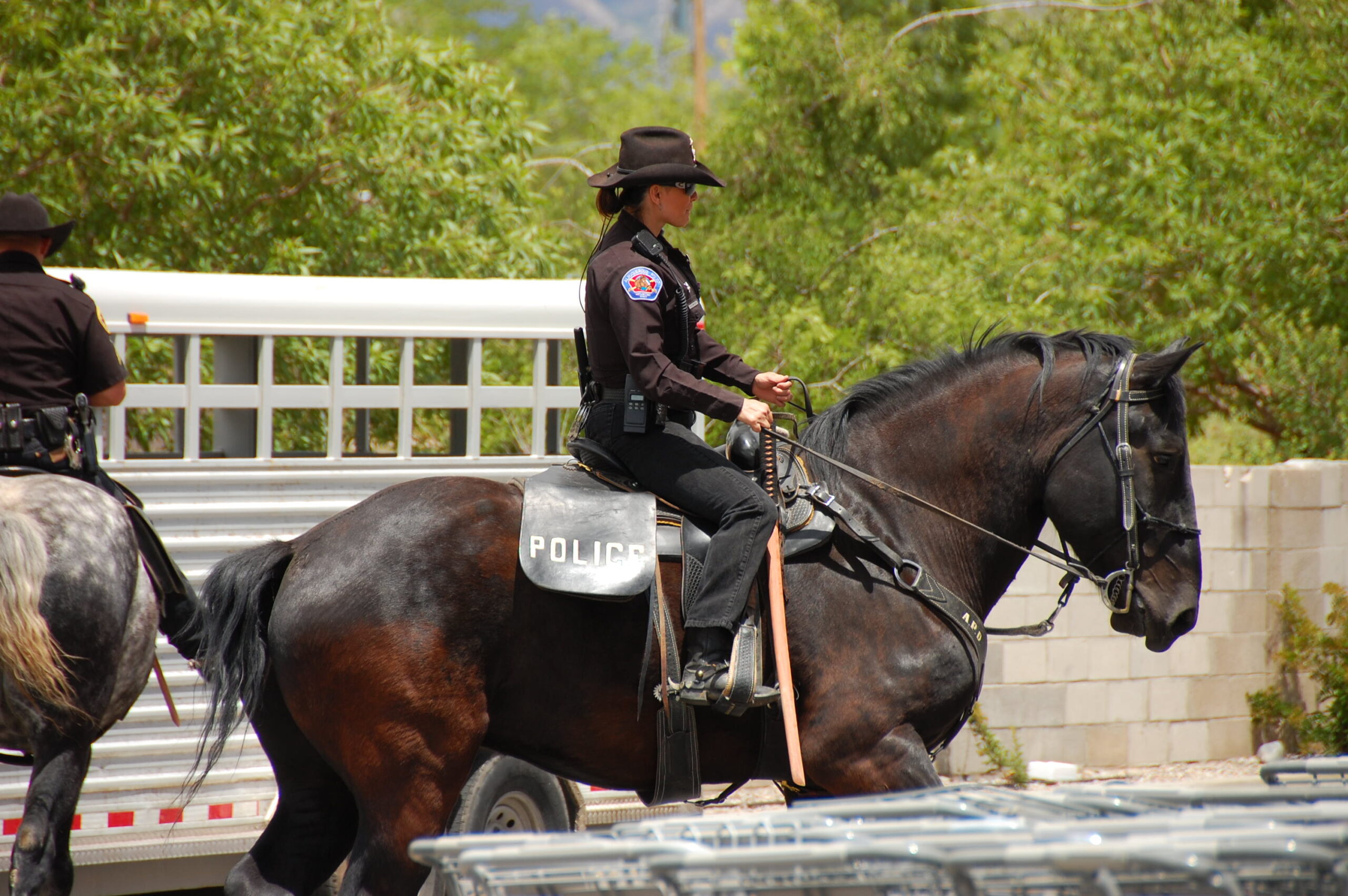
As technology continues to transform search and rescue operations, horses maintain their relevance by complementing rather than competing with modern innovations. Today’s mounted SAR teams increasingly incorporate advanced GPS tracking systems, allowing incident commanders to monitor exactly where horses have searched and identify gaps in coverage. Thermal imaging equipment can now be carried by mounted teams, combining the horse’s mobility with technology’s detection capabilities for nighttime operations. Training methodologies have evolved to incorporate scientific understanding of equine cognition and behavior, creating more effective and humane preparation protocols for SAR horses. Looking forward, the integration of drone technology with mounted teams shows particular promise, with horses covering accessible terrain while drones scout ahead or search areas too dangerous for mounted entry. Rather than being replaced by technology, horses in search and rescue are finding new relevance through the thoughtful integration of their natural abilities with technological advantages, ensuring they will remain valuable SAR assets for the foreseeable future.
How Communities Can Support Mounted SAR Programs
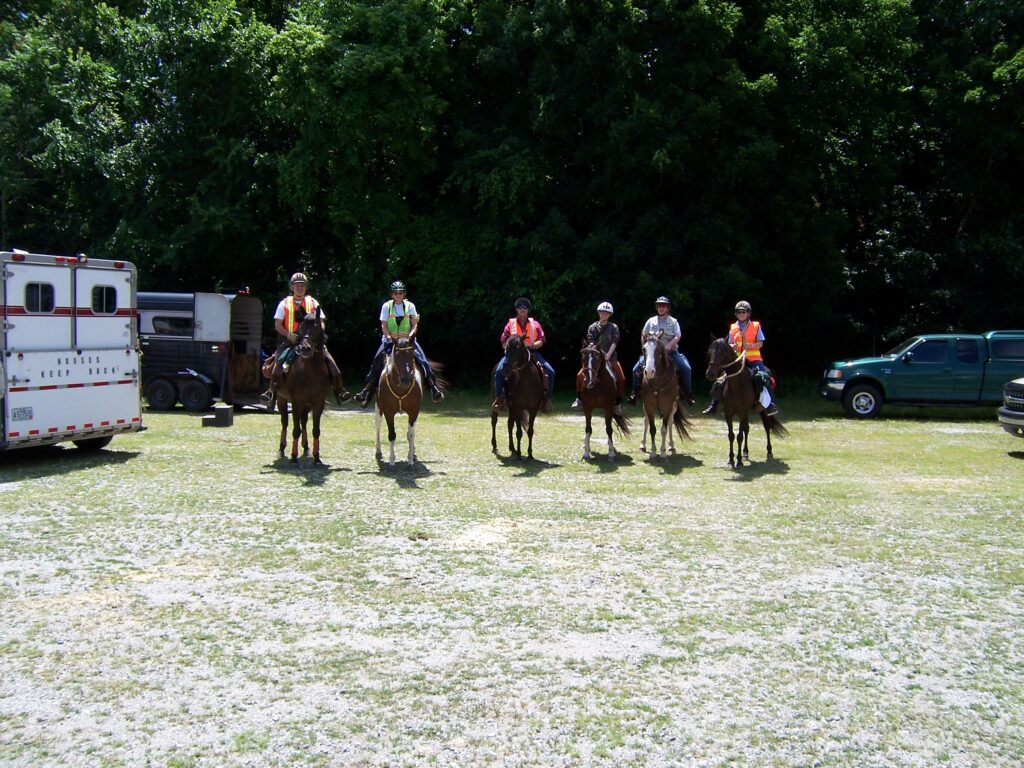
Most mounted search and rescue teams operate as volunteer organizations that rely heavily on community support to maintain their readiness and capabilities. Financial contributions represent the most direct way communities can assist, helping teams purchase essential equipment, pay for training certifications, and cover emergency veterinary care when horses are injured during missions. Land access agreements with private property owners, ranches, and public land managers help create training opportunities in diverse environments that prepare horses and riders for various mission conditions. Community education programs about wilderness safety and when to report missing persons can prevent emergencies and ensure mounted resources are requested appropriately when needed. Local businesses can provide in-kind support through donated supplies, discounted services, or assistance with transportation needs during actual emergencies. The most meaningful community support often comes through volunteer recruitment, as mounted SAR teams need not only skilled riders but also support personnel who can manage communications, logistics, and other critical functions during search operations.
Conclusion
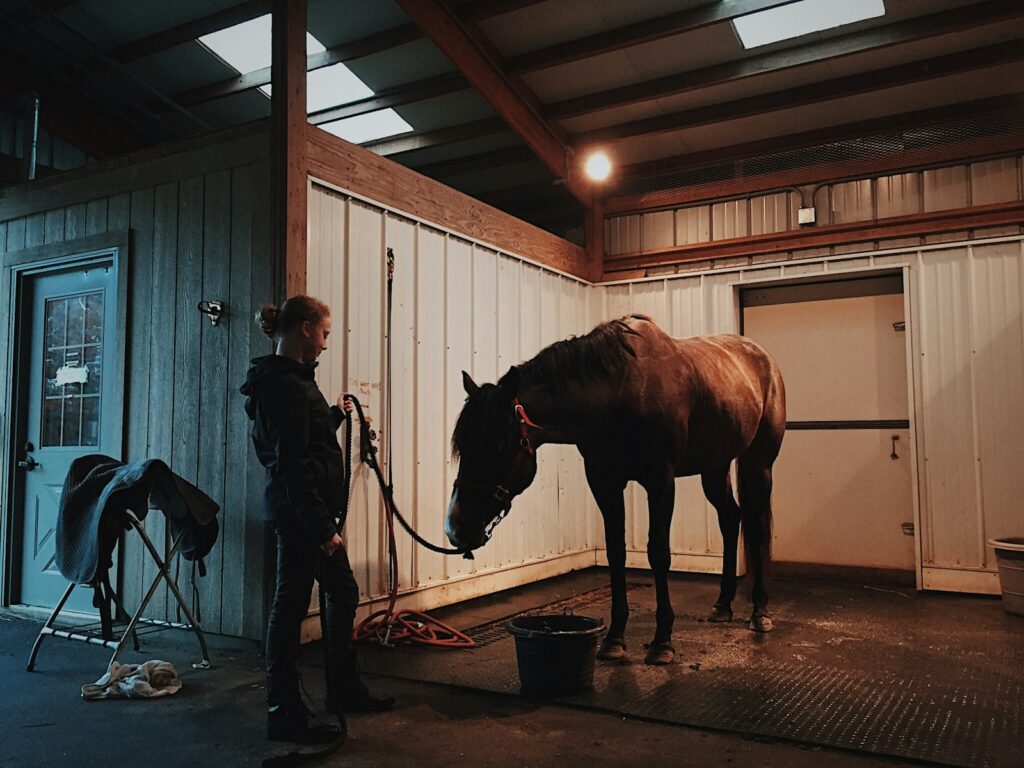
The partnership between humans and horses in search and rescue operations represents one of the most enduring and effective collaborations in emergency response. These magnificent animals bring unique capabilities to wilderness searches that even the most advanced technology cannot fully replicate. Their ability to cover difficult terrain quickly, carry necessary equipment and potentially transport injured individuals, all while providing their riders with heightened sensory awareness and an elevated vantage point, makes them invaluable assets in the search for missing persons. Despite the challenges of maintaining mounted units, the success stories of lives saved through their deployment continue to demonstrate their worth. As search and rescue techniques evolve, the integration of traditional horsemanship with modern technology promises to enhance rather than diminish the role of these remarkable animals. For communities surrounded by wilderness areas, investing in and supporting mounted search and rescue teams remains one of the most effective ways to ensure that when someone goes missing, every possible resource is available to bring them home safely.

